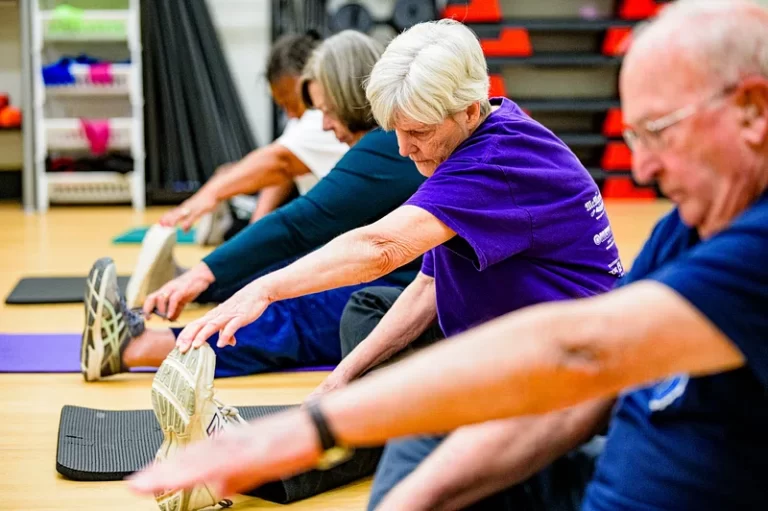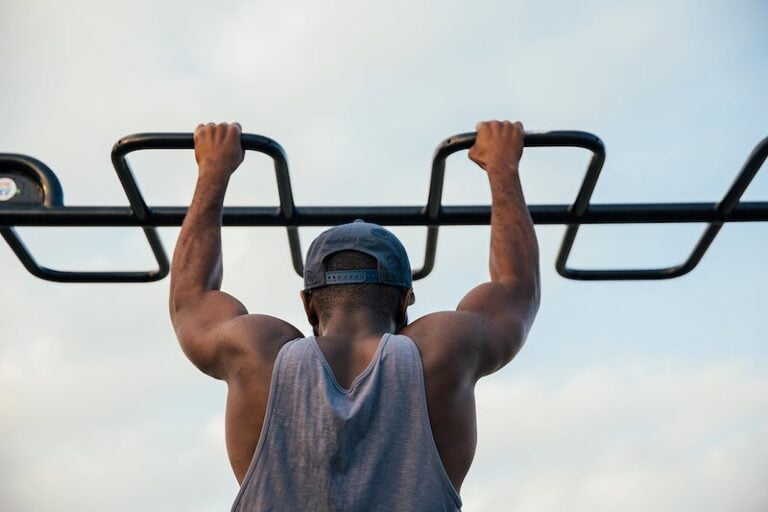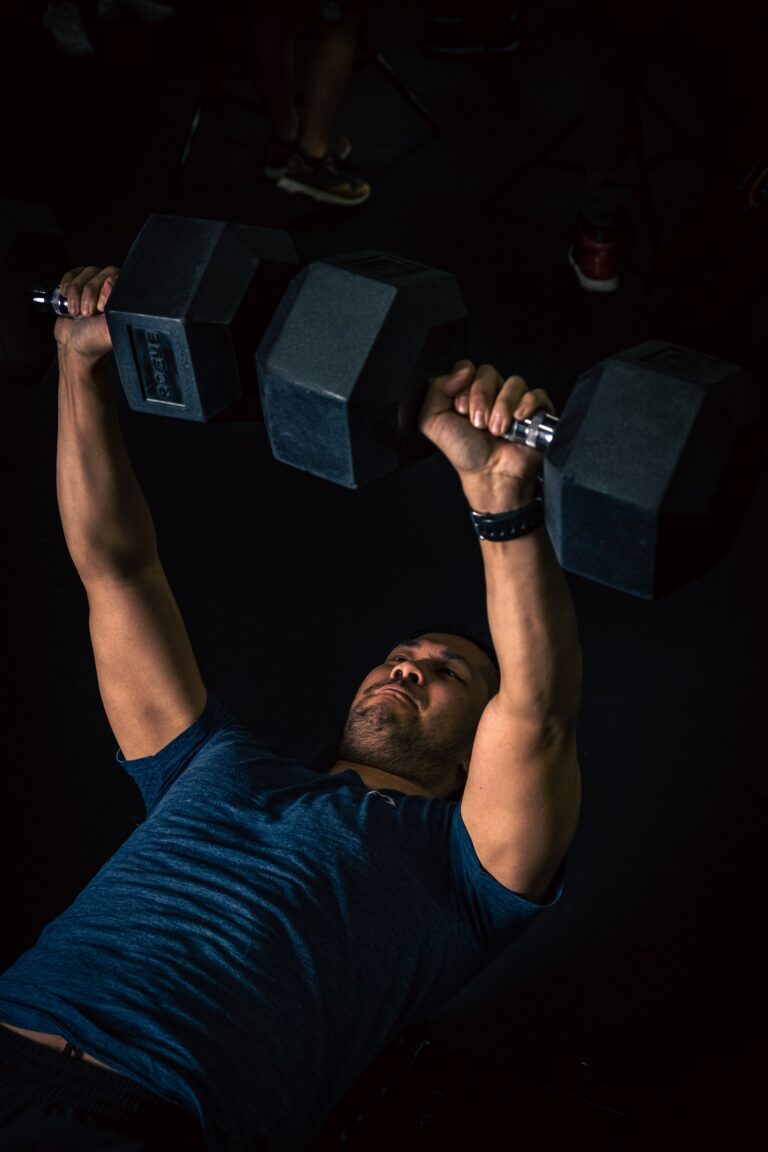5 Best Daily Bodyweight Workout For Men To Gain Muscles Over 40

5 Best Daily Bodyweight Workout For Men Do To Build Muscle Over 40
Let’s face it: one of the most daunting challenges of aging for men is the natural decline in muscle mass that accompanies the passage of time. Once you hit the age of 30, you begin to experience a gradual loss of lean muscle, averaging three to five percent per decade. The silver lining is that there’s good news on the horizon. You can not only prevent muscle loss but also build muscle well into your 40s and beyond.
How can you achieve this feat? It boils down to maintaining a consistent strength training routine and adopting a healthy diet that fuels your workouts, fosters muscle growth, and aids in recovery. We’re here to provide you with the ultimate daily bodyweight workout for men who want to stay muscular after 40, so pay close attention.
Jarrod Nobbe, a Certified Personal Trainer and performance coach affiliated with Garage Gym Reviews, shares his wealth of knowledge on muscle-building and offers a go-to bodyweight workout tailored for men in their 40s to seamlessly integrate into their daily regimen, keeping them fit and robust. Nobbe explains, “In this workout, we’ll incorporate bodyweight movements into complexes, which involve combining multiple actions into one exercise. Instead of traditional sets and reps, we’ll utilize an ascending pyramid rep scheme with specific ranges. Allocate two to three minutes of rest between rounds and one minute of rest between exercises.”
Perform each exercise for three rounds following this scheme:
- Round One: 6 to 8 repetitions (for each side in single-sided movements)
- Round Two: 10 to 12 repetitions (for each side in single-sided movements)
- Round Three: 13 to 15 repetitions (for each side in single-sided movements)
Now, proceed to the workout instructions. Once you’ve completed.
- Lunge Matrix
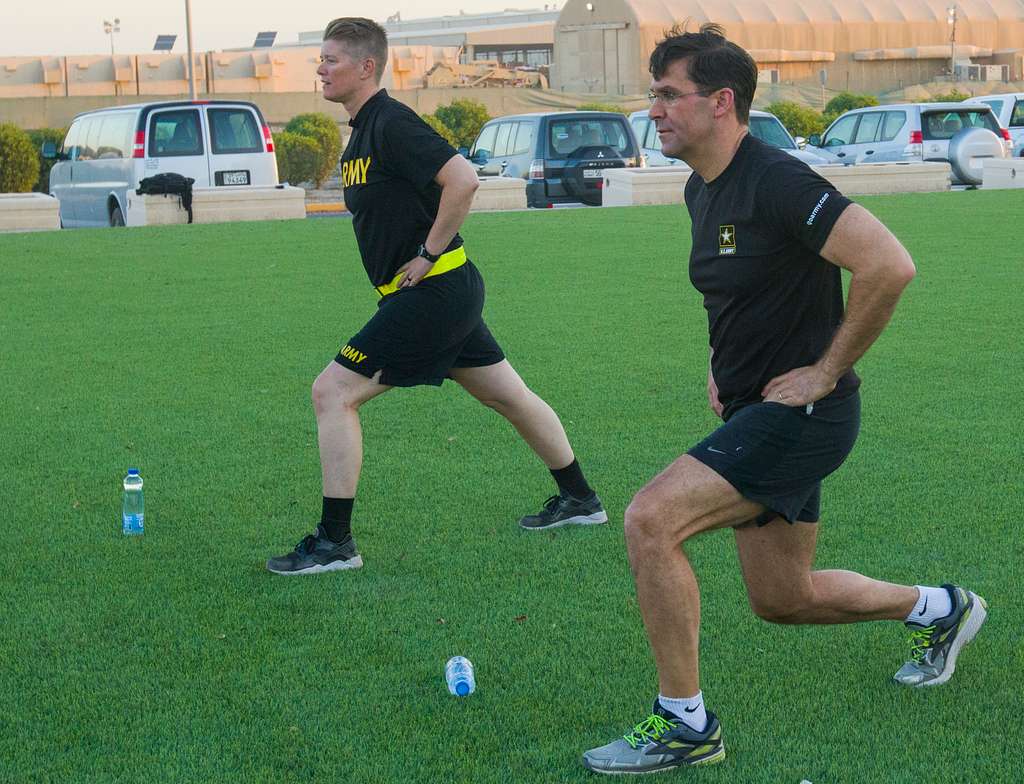
This dynamic exercise kicks off with a forward lunge, transitions into a lateral lunge, and then concludes with a reverse lunge, constituting one complete repetition. By incorporating different lunge variations, this exercise effectively challenges your body across various motion planes and stability scenarios.
Perform a front, lateral, and reverse lunge on each side in a single repetition. Complete one repetition on one side before transitioning to the other. Concentrate on executing well-balanced lunge motions, engage your core, and maintain control throughout the step-outs and recoveries,” advises Nobbe.
- Three-Point Close Grip Pushups
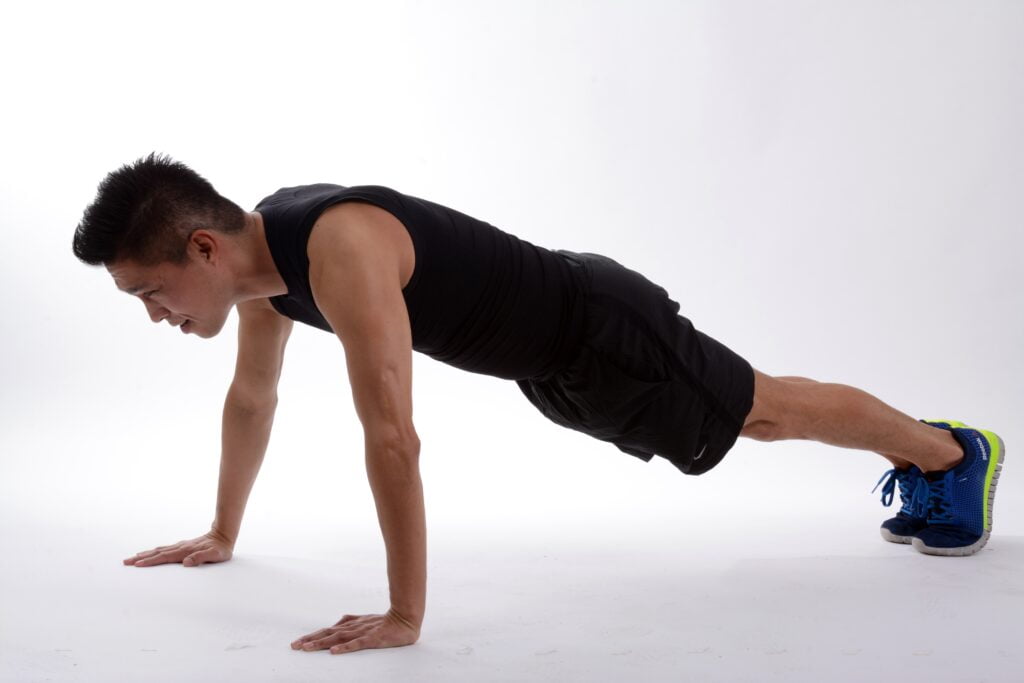
The three-point close grip pushup presents a demanding twist on the traditional pushup, focusing on the triceps, chest, and shoulders. It adds an element of stability challenge by switching between feet during the exercise.
“Ensure you maintain a strong and stable core throughout the entire movement,” advises Nobbe. “As you begin, lift one foot just a little off the ground, stabilising the hip by contracting the glutes on that side. Control the descent and push your hands firmly into the floor to return to the starting position. Alternate the foot in contact with the ground from one repetition to the next.”
- Glute Bridge Walkout
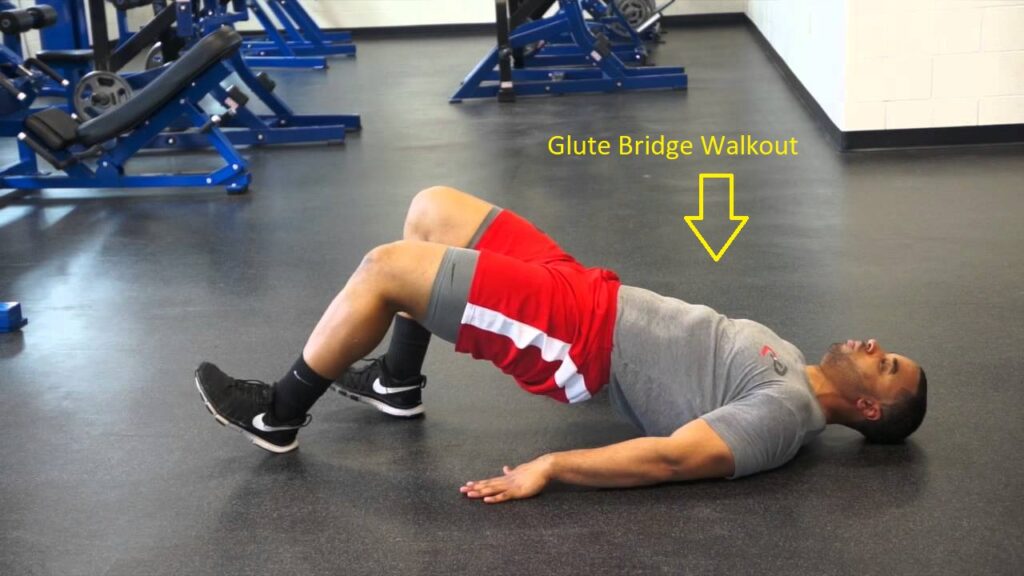
“The unique timing of this exercise, where both feet are on the ground but leave and land at different times, provides a targeted challenge for the dynamic stability of lower body joints,” explains Nobbe. Your hamstrings become more active the further your feet are from your hips. Completing each cycle where your heels return to their initial position counts as one repetition.”
Start by assuming a standard glute bridge position. Take two or three steps away from your hips, ensuring that you firmly place each heel on the floor as you step. Then, walk your heels back toward your hips. Your primary focus should be on engaging your glutes, so keep your core braced and maintain a steady torso throughout the exercise.
- Renegade Rows

The renegade row is a compound exercise that engages the muscles in your back, shoulders, and core, contributing to the development of a well-defined upper body.
“The renegade row extends the concept of maintaining full-body stability while introducing an upper body pulling motion,” explains Nobbe. Start the exercise by assuming a stable and firm plank position. Then, lift each arm upwards and backwards to execute the rowing movement.”
- Squat Jumps
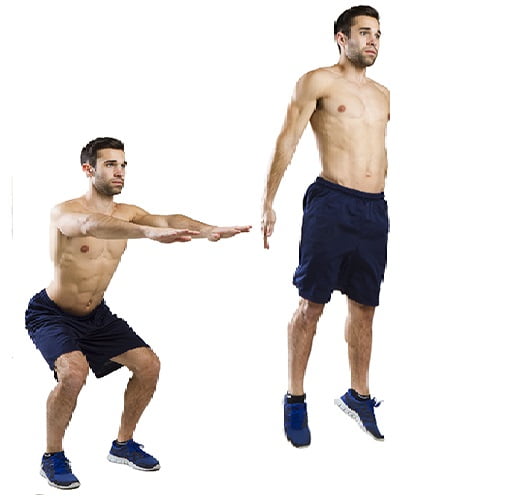
Squat jumps are a plyometric exercise that combines speed and force to generate explosive power, merging the lower body strength advantages of squats with the dynamic energy of jumping. Prepare to engage both your core and lower body.
“Initiate the movement with a quarter squat, ensuring you maintain impeccable squat form,” advises Nobbe. Then, with both of your legs firmly driven through the ground, leap upward as if aiming for the ceiling. I like to guide my clients with the phrase ‘drive to the ceiling’ as an external cue to focus on. While I don’t expect anyone to touch the ceiling with their head, using external cues often leads to a more powerful intent when jumping. Be prepared to swiftly spring back off the ground upon landing.”



